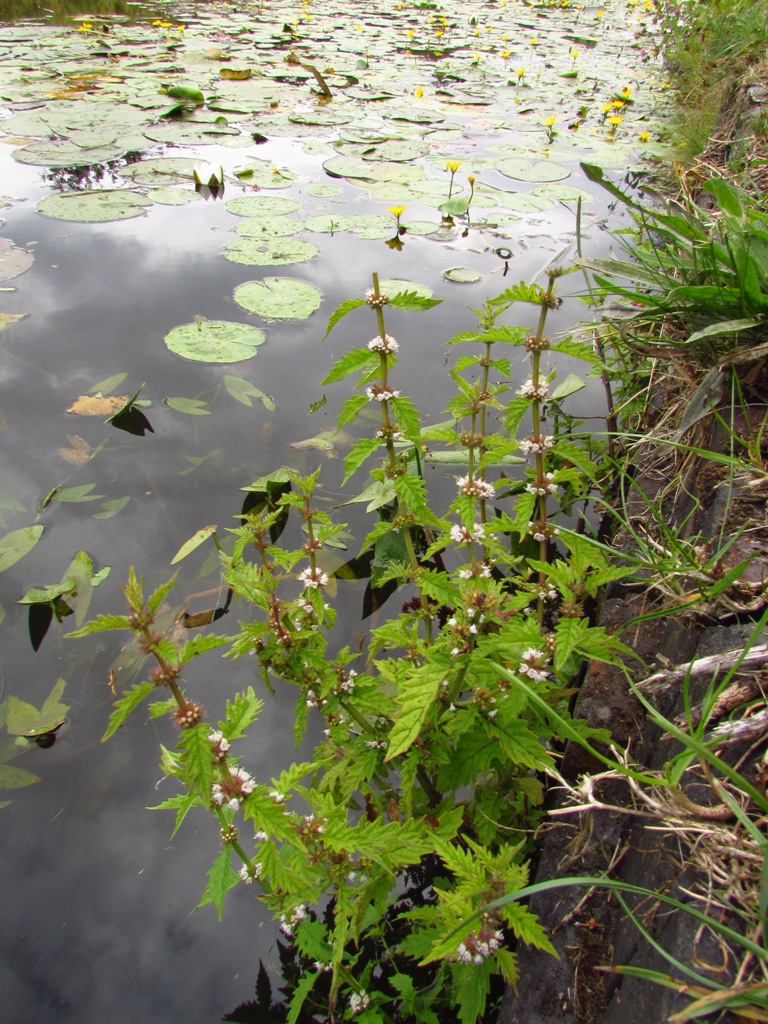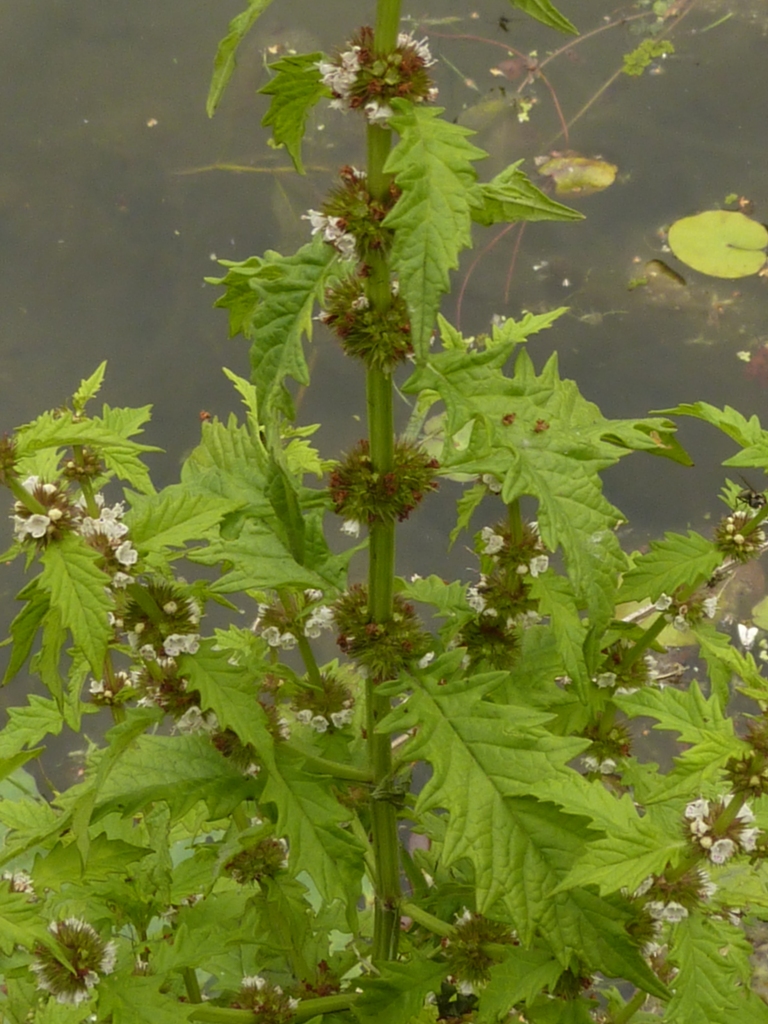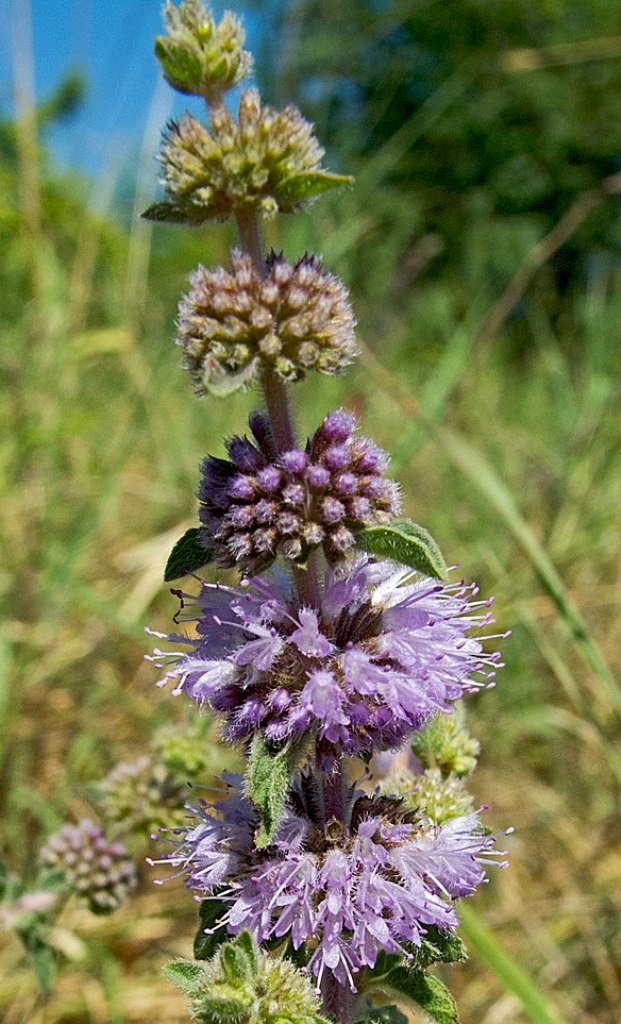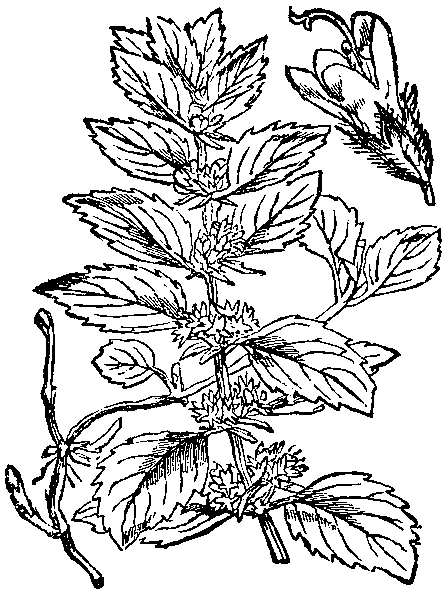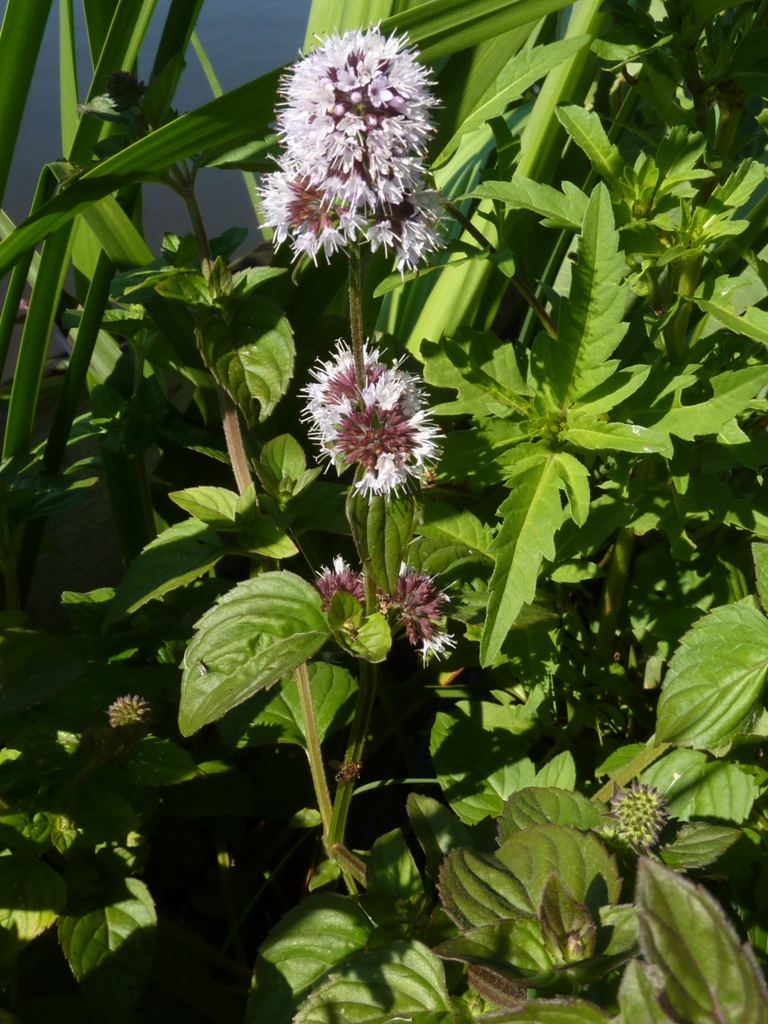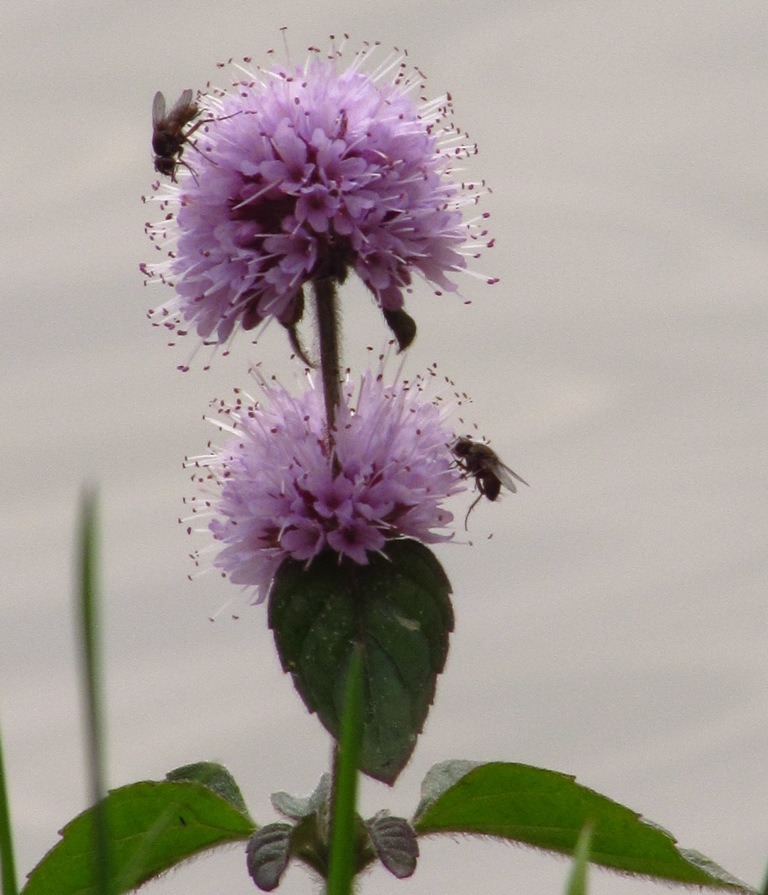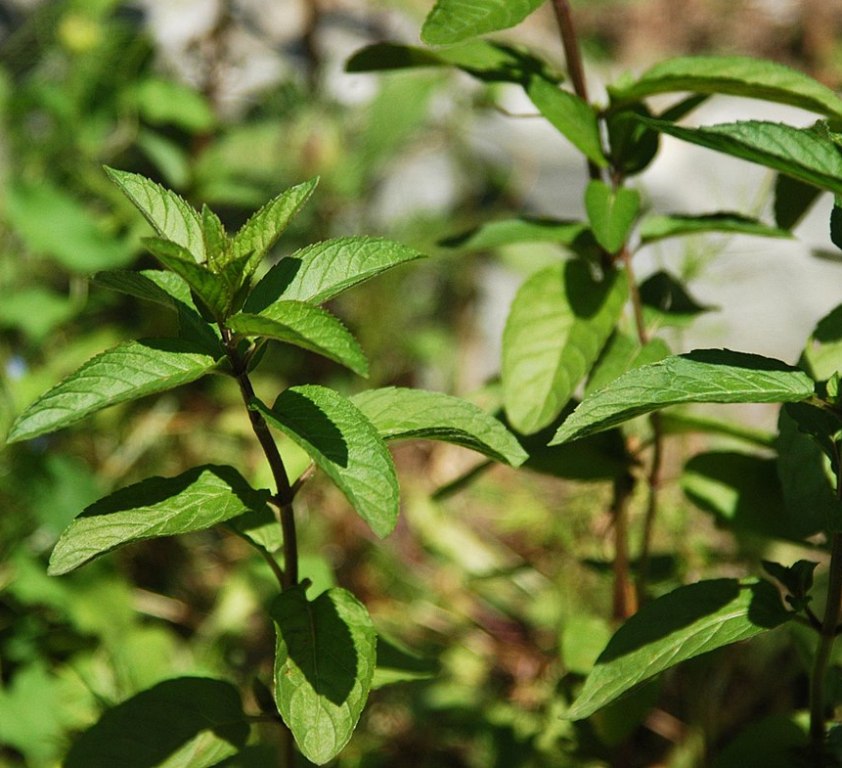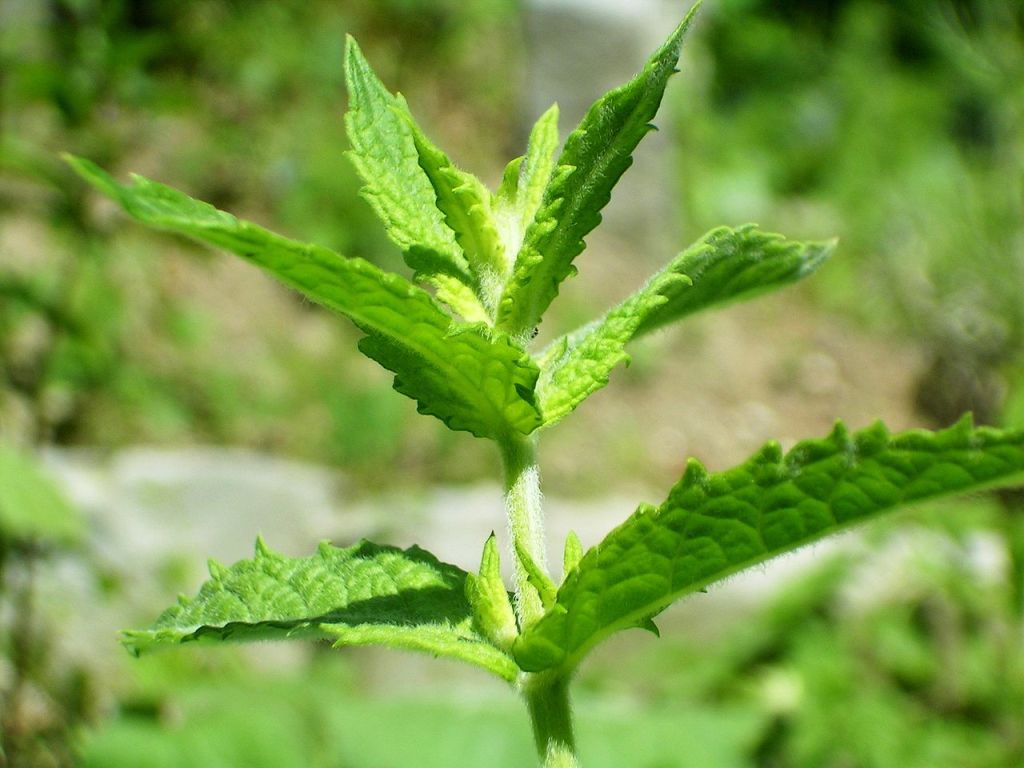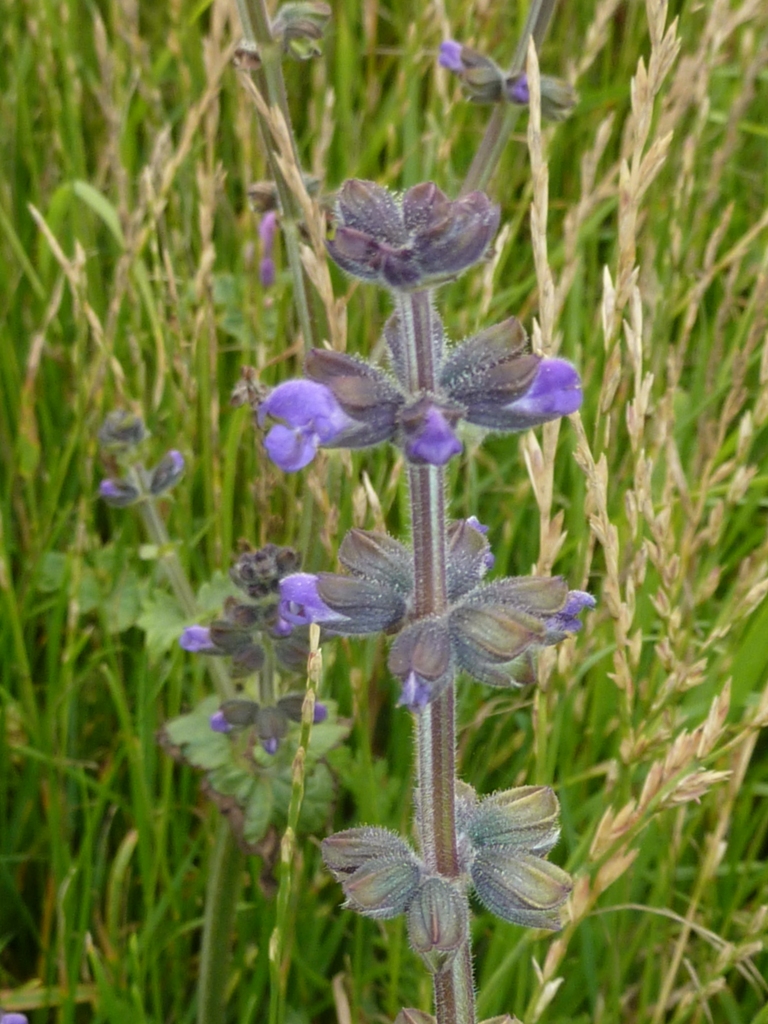This week we continue with the last 3 genera in the Deadnettle family or Lamiaceae and its Subfamily 4: Nepetoideae which are the following:
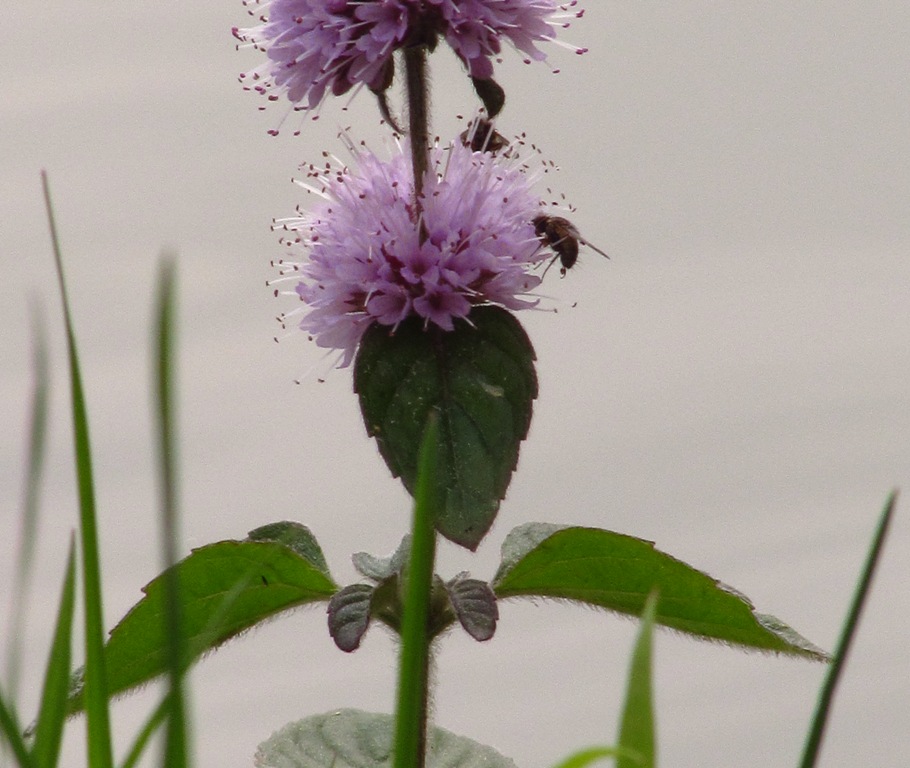
- Nepeta cataria or Cat-mint
- Glechoma hederacea or Ground-ivy
- Prunella spp or Selfheals
- Clinopodium spp. or Calamints
- Origanum vulgare or Wild Marjoram
- Thymus spp or Thymes
- Lycopus europaeus or Gypsywort
- Mentha or the Mints
- Salvia or Sage
The first 6 genera and species were discussed in part 2 of the Lamiaceae.
The following will be highlighted this week:
- Lycopus europaeus or Gypsywort.
- Mentha or Mints.
- From this large genus, Salvia or Sage, only 2 are native: S. pratensis or Meadow Clary and S. verbenaca or Wild Clary.
Most information is copied from the Medicinal Flora, Wikipedia and other fabulous websites and links are provided on the various plants covered as well as on difficult scientific or medical terms.
Blue background for intersting facts, green background for various uses and pink for medicinal uses.
Lycopus europaeus or Gypsywort
The English herbals of the 16th and 17th centuries tell us that Gypsies used this dye-plant to stain their faces. Whether they did or why they did is unknown because the herbals are so full of blatant prejudice told against a background of persecution. There was some mention of its medicinal use slightly before this time. Gypsies may have brought the knowledge of it with them.
The upper lip of each flower is slightly convex with a notched tip and the lower lip is three-lobed, the central lobe being the largest and bearing a red “nectar mark” to attract pollinating insects. The flowers are visited and support many types of insects, and can be characterized by a generalized pollination syndrome.
Action: Thyroxine antagonist. Cardioactive diuretic(slows heart rate and increases force of myocardial contraction independently of antithyroxine activity). Sedative. Anti-haemorrhagic (said to be hypoglaemic and antitussive)
Uses: Auto-immune thyroiditis. Nervous tachycardia; palpitations; many other uses have been claimed for it, many of them symptomatic, attributable to anti-haemorrhagic activity.
Mentha spp. or Mints
This is a difficult taxa for classification due to widespread hybridisation. But according to Stace; ‘with practice the scent of fresh plants is very helpful, but difficult to describe!’ Many are native but frequently they may be introduced as escaped garden plants.
Below a list of different mints, their properties and main uses:
Mentha pulegium or Pennyroyal
The use of this plant was primarily in religious ceremonies and is thought to have been acquired by the Greeks from an older culture made extinct. It was worn on the head as a garland and was grown beside temples where it was strewn and burnt.
The smell of the herb and its smoke drives away fleas and other insects, (pulegium means a flea-plant).
Pennyroyal was considered to be a Thyme and the common name is a corruption of the Old French puliol ryal, ‘Royal Thyme’.
The medicinal uses were well known too, and both Greeks and Romans saw it primarily as a digestive aid but also, as an anti-spasmodic, in coughing fits and as an emmenagogue. Good as an after-dinner digestive drink.
It is toxic in large amounts however and had the reputation as an abortifacient.
It is however recommended to grow a patch of Pennyroyal as walking on it releases a powerful scent.
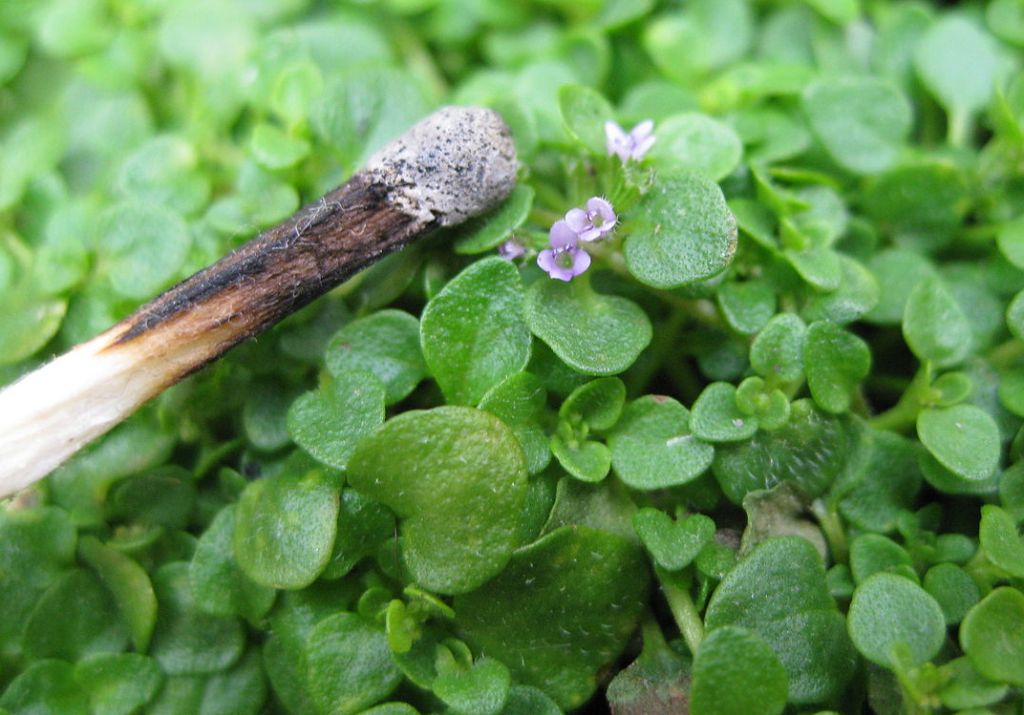
Mentha requienii or Corsican Mint
this is not native but naturalized in some places. A low, creeping, strongly scented plant and with tiny leaves forming an attractive ground hugging matt.
Action: Antispasmodic: carminative, stomachic and antitussive. Emmenagogue. Uses: Digestive aid in flatulent colic (and after rich food). The common cold. Delayed menstruation (for occasional use, e.g. if affected by travel, emotional shock or viral illness). Whooping Cough. Topically: insect repellent and antiseptic to bites.
Mentha arvensis or Corn/Field mint.
This mint was favoured by the Romans. Like Spearmint the oil is characterised by its carvone content. It has a drier, less sweet flavour than other mints, to say the least. It can be used as an infusion, to promote appetite and stimulate the digestion and, as an astringent, has advantages over the more aromatic mints.
Mentha aquatica or Water Mint
This mint brings me back to my childhood as it grew wonderfully in our Waterland habitats!
It has a rather strong smell but it was used as an strewing herb in the late Middle ages. Its bitterness combined with its aromatic oil (high in carvone, menthol absent) makes it a good tonic and astringent: thus it is both carminative and antidiarrhoeal. As an antispasmodic, it is used for mild period pains and for intestinal colic. It is a good home remedy, best taken as a lightly brewed infusion, but is emetic in strong doses.
Mentha x piperita or Peppermint
Mentha x piperita (parents: M. aquatica x M. spicata) or Peppermint. This is a natural hybrid that was first named and recorded in 1696 by the remarkable English botanist John Ray. (His life and his work on plants is less well known than those of the herbalists Gerard and Culpeper – just one of the casual injustices of history). The discovery of Peppermint was a popular one and was in commercial production at Mitcham, Surrey by 1750. Interest in the plant and in the production of its oil spread first to Holland, then to France (which is today one of the world’s largest producers after the USA).
Because of its high oil content, Peppermint tea should not be made too strong and is best avoided by the young. The leaves should not be brewed for long 3-5 minutes at most; to preserve the aroma and to prevent a bitter flavour from developing. While Peppermint relaxes tension, it is nonetheless, a stimulant and is best used when you want to combine those effects, for example when one is too exhausted to get off to sleep, or need to throw off a headache or lighten a dull brow in order to continue work.
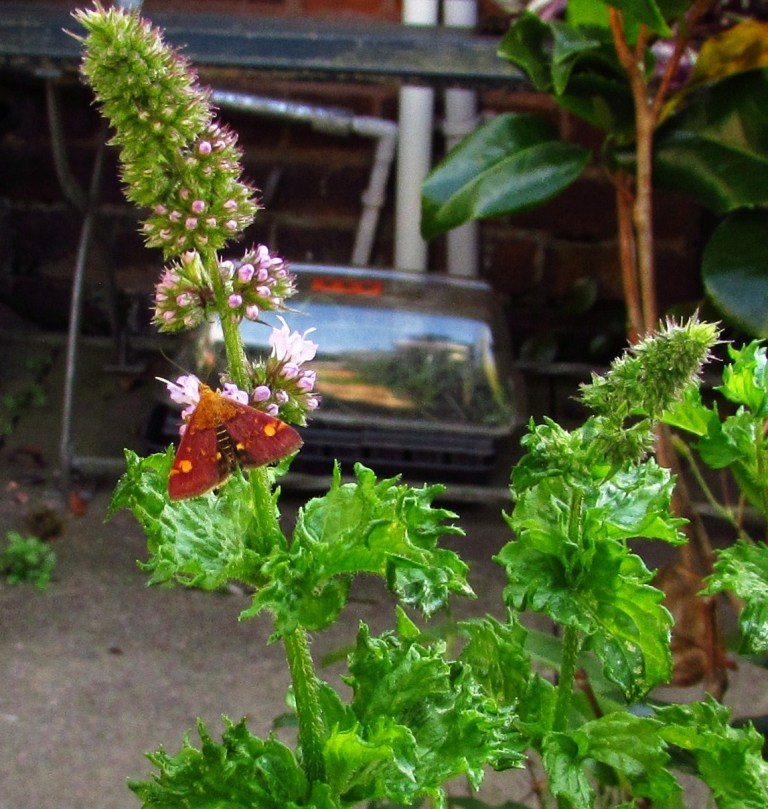
Action: Antispasmodic and carminative. Antemetic, stomachic, choleretic. Anticatarrhal and mild diaphoretic. Cooling and anodyne (= a painkilling drug or medicine as the oil has an anaesthetic effect on the mucous membranes of the oro-pharynx and on the lining of the stomach). Locally: Antiseptic and antipruritic.
Uses: Flatulent dyspepsia; intestinal colic. The common cold (combined with Elderflowers and Yarrow). Common tension states (see above). Nausea (though not recommended in pregnancy). Halitosis. Sinusitis (as inhalation of oil or plant). Otitis media (one drop of essential oil in a mixture of tinctures according to the case – as a gargle for long enough for the oil to diffuse via the Eustachian tube). Neuralgia. Externally: Itchy skin, especially of elderly people.
Mentha spicata group or Spearmint
Mentha spicata group or Spearmint is thought to include: M. suaveolens, M. x rotundifolia, M. villosa and M. longifolia.
The name ‘spear’ mint derives from the pointed leaf tips.
This is the culinary mint, rather more popular in Britain than elsewhere. It was probably not the mint used by the Romans as is often suggested but is more likely to have arisen later from cultivation. Chromosome studies suggest that it derives from M. suaveolens and M. longifolia.
Action: Stimulates gastric and biliary secretion. Antispasmodic: used as an aromatic stomachic. Weakly emmenagogue. Constituents Volatile Oil containing carvone, limonene, phellandrene and esters.
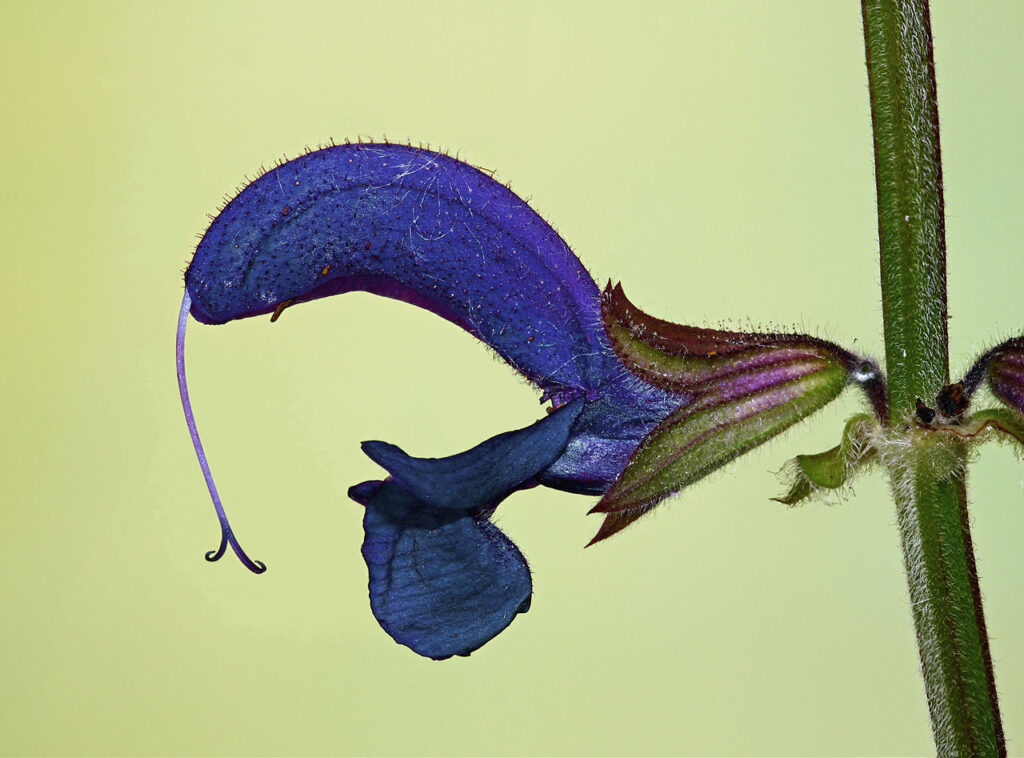
Salvia pratensis or Meadow Clary
Meadow Clary is a pretty but very rare native and is to some extend antihydrotic ( = An agent that checks perspiration by reducing the action of the sweat glands (the opposite of diaphoretic)* .
The name of the plant ‘clary’ is derived from ‘clear-eye’ and the plant seeds were formerly used as a paste to remove particles from the eyes and to reduce inflammation or redness. It was also used as a gargle for sore throats, to clean teeth and has been used as flavouring for beers and wines.
* in glossary of ‘Herbs and Things’ by Jeanne Rose
Salvia pratensis is widely grown in horticulture, especially Salvia pratensis subsp. haematodes, which is prized by flower arrangers as a cut flower. Some botanists consider it a separate species, S. haematodes. Info from Wikipedia.
Named cultivars include:-
- ‘Atroviolacea’, dark blue to violet
- ‘Baumgartenii’, blue to violet
- ‘Lupinoides’, to 60 cm (24 in), white-flecked blue to purple
- ‘Mitsommer’ (“Midsummer”), sky blue
- ‘Rosea’, rose-pink to purple
- ‘Rubicunda’, rose-red
- ‘Tenorii’, to about 60 cm (24 in) tall, blue flowers
- ‘Variegata’, blue and sometimes white-tipped flowers.
The cultivar ‘Indigo’ with violet blue flowers has gained the Royal Horticultural Society‘s Award of Garden Merit.
and finally the last plant in my Lamiaceae post which is:
Salvia verbenaca or Wild Clary.
In common with many other salvias Wild Clary is strongly aromatic and has been used in teas and as a flavouring. The flowers can be added to salads.
The seed forms a thick mucilage when it is soaked for a few minutes in water. This is efficacious in removing small particles of dust from the eyes.
Wild Clary is an attractive plant in its own right but it should not be confused with the much taller, showier and much rarer Meadow Clary (Salvia pratensis).
also see a nice blog here by Jeremy Bartlett on Wild Clary.

